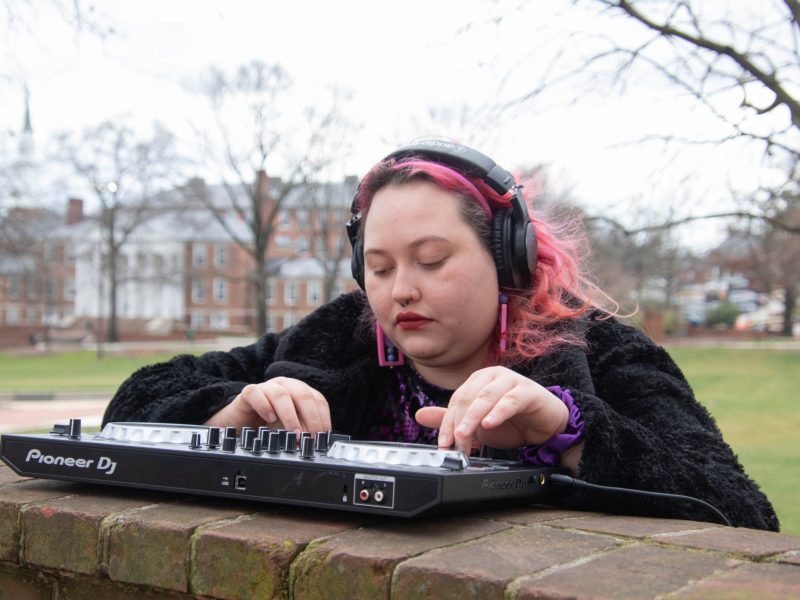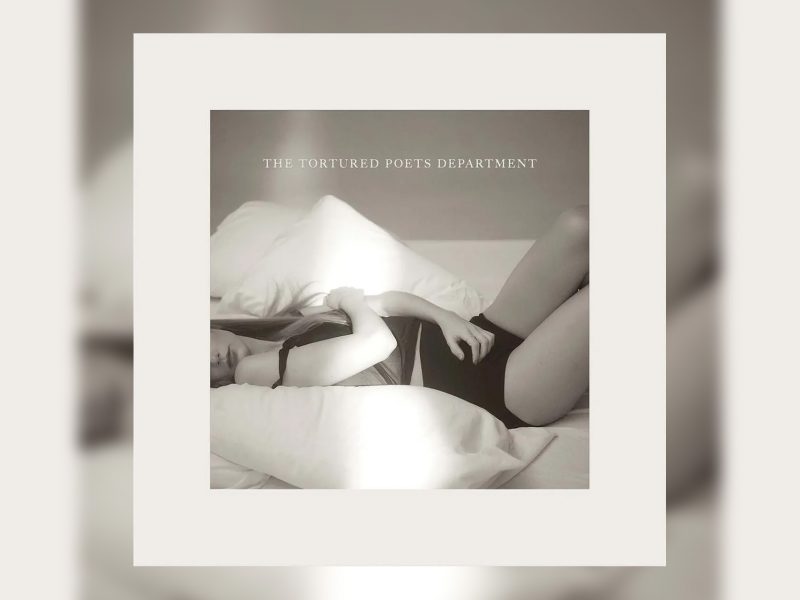I’ve never even been close to Sacramento, California, and yet, after watching Lady Bird, I feel like I’ve seen it, smelled it and driven straight down its highways.
Lady Bird, which premiered in November, is a comedy-drama written and directed by Greta Gerwig, who not only writes and directs, but just this year starred in 20th Century Women, as well as a major role in 2016’s Jackie. Lady Bird currently has a 100 percent approval rating on Rotten Tomatoes, a number that is well-deserved.
The film follows Christine McPherson (Saoirse Ronan), or, as she has dubbed herself, Lady Bird. She is an opinionated, headstrong and inquisitive teenager apathetically dragging her feet through her senior year of high school in Sacramento, a town she has grown to hate and yearns to escape in favor of the East Coast. Her Catholic school teems with wealthy Californians. However, Lady Bird’s family is definitively middle-class and struggling financially due to her father’s recent job loss.
As she navigates the rocky waters of late teendom, Lady Bird experiences her first romantic relationships with men, but, more importantly, her first real experiences dealing with and protecting important female relationships in her life, be they with her mother, Marion (Laurie Metcalf) or her best friend, Julie (Beanie Feldstein).
The film is a quintessential coming-of-age story that in no way feels cheesy or forced. Though its general plot is at home among a variety of other movies in the “Emotional Teen at the End of High School” genre, its unique depth and attention to detail sets it far apart from any I have ever seen.
Lady Bird‘s most outstanding success is its ability to portray the realities of complex mother-daughter dynamics, a product of a well-written script and phenomenal performances by Ronan and Metcalf. Lady Bird provides yet another example of how scripts written by women will feature far more realistic female characters and relationships.
Lady Bird and her mother Marion are always either on the verge of or in a full-fledged argument. At the same time, their deep love for each other is evident in everything they say, even in moments of aggression. They’re two south ends of a magnet, made of and bound by the exact same materials but destined to continually fight the urge to push away.
Religious themes play into Lady Bird’s relationship with herself, her school and her hometown as she grapples with the realities of wanting so badly to leave a place even though it has shaped her. The antiquated feeling of Roman Catholic imagery presents an interesting juxtaposition alongside the plastic sheen of 2002 suburban California. The movie is as aesthetically pleasing as it is entertaining.
Lady Bird’s realism, artistry and heart make it a must-see movie this year. It’s an instant classic, a coming-of-age drama that will make you laugh, cry and likely applaud.



